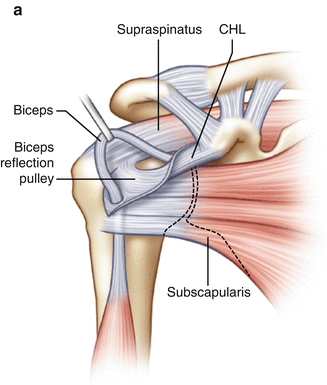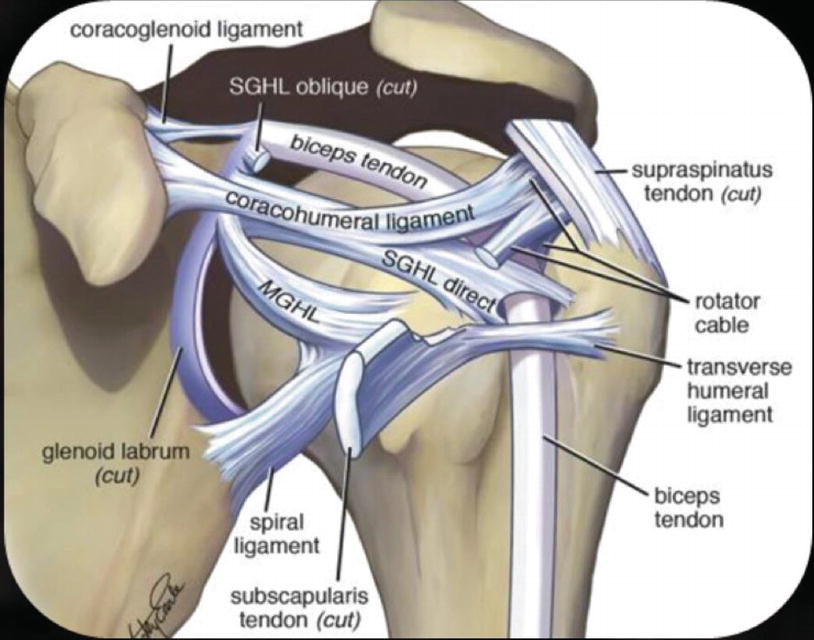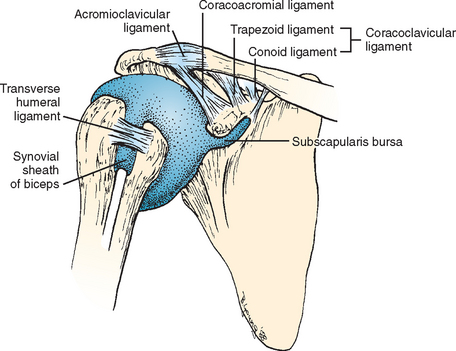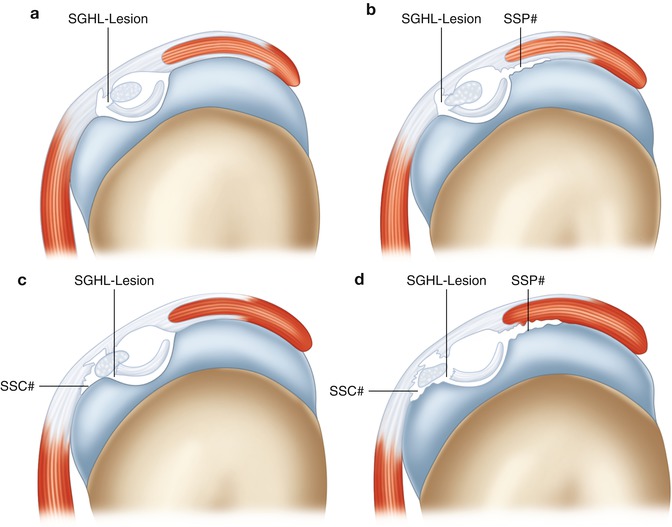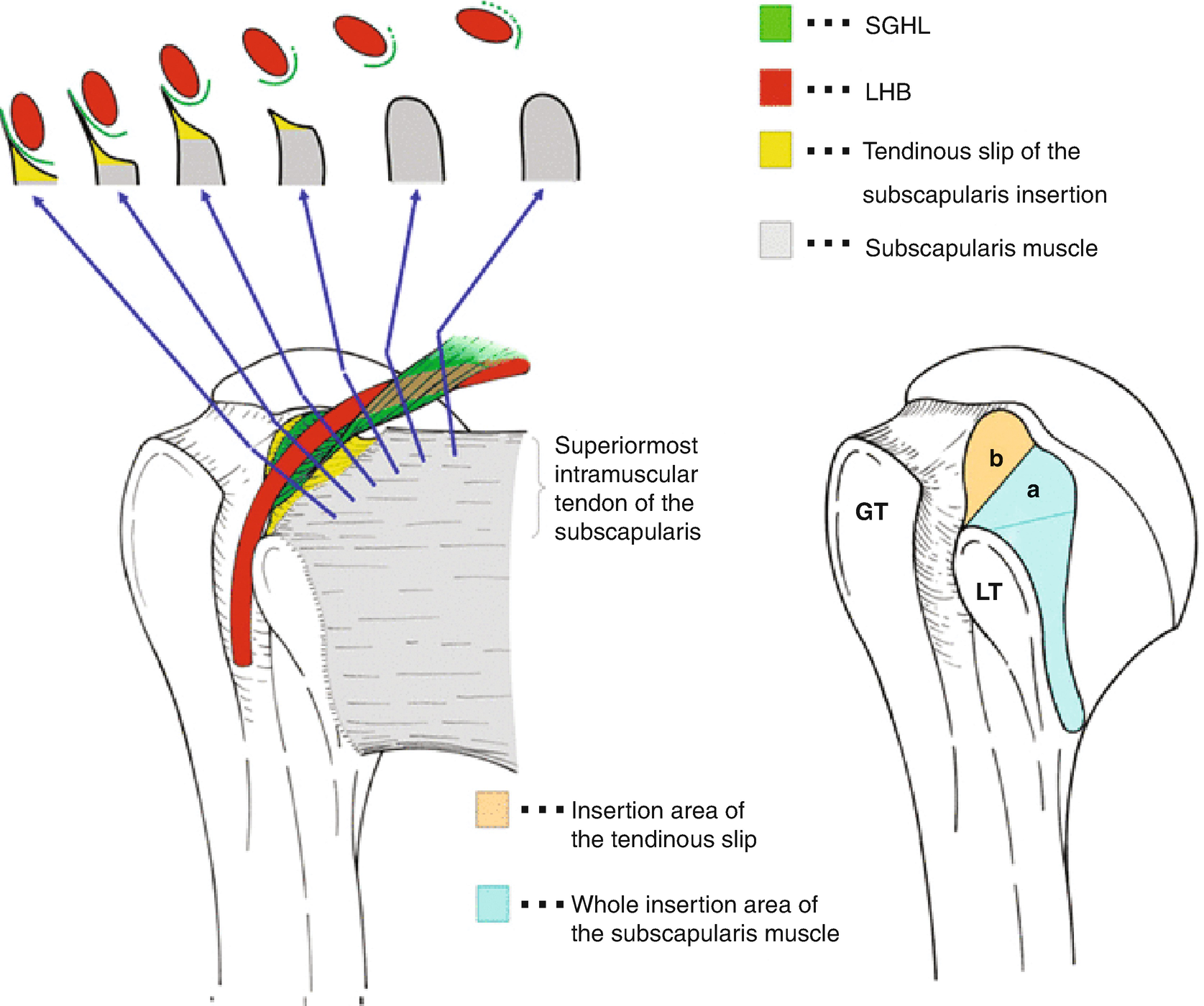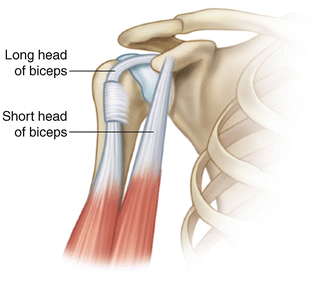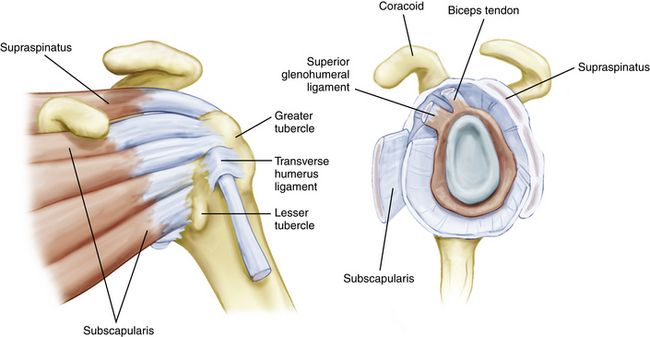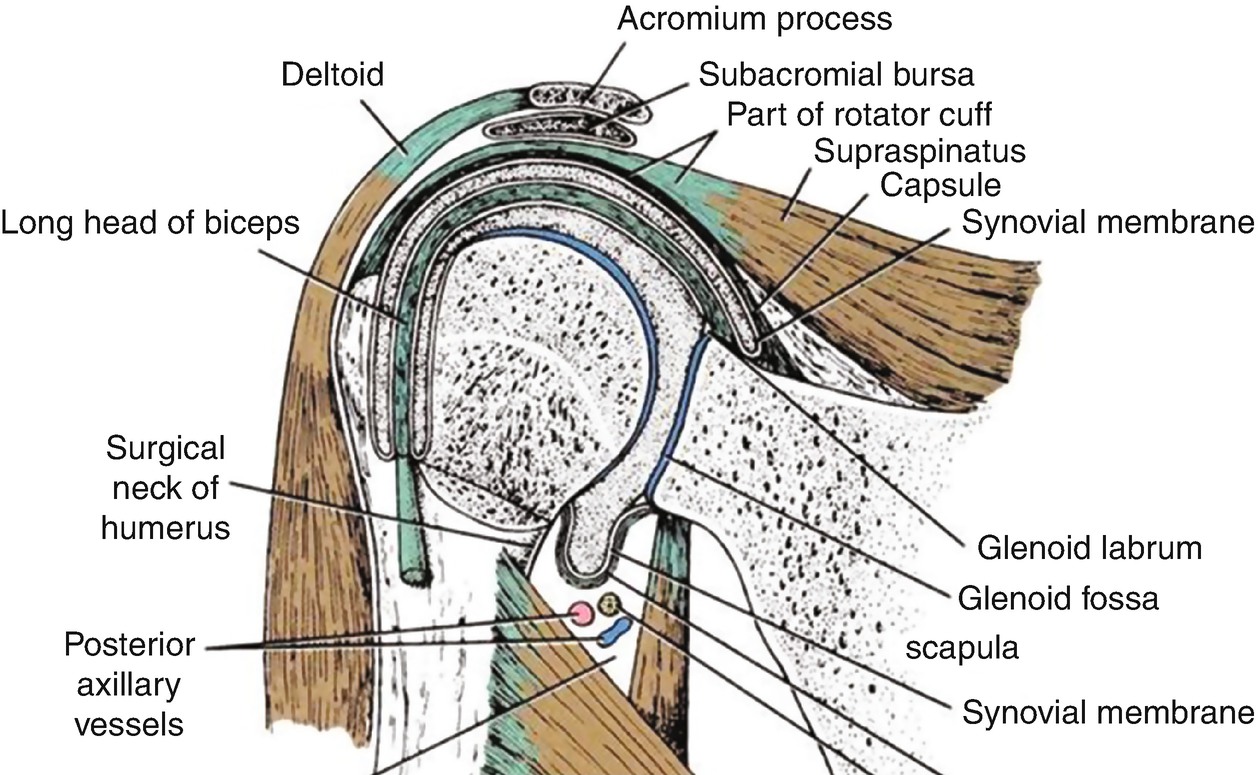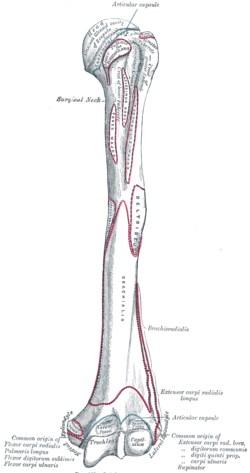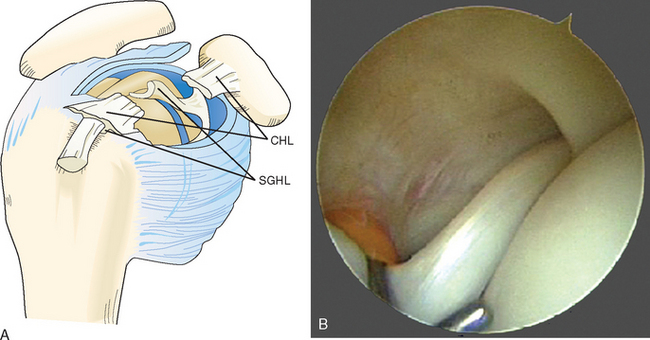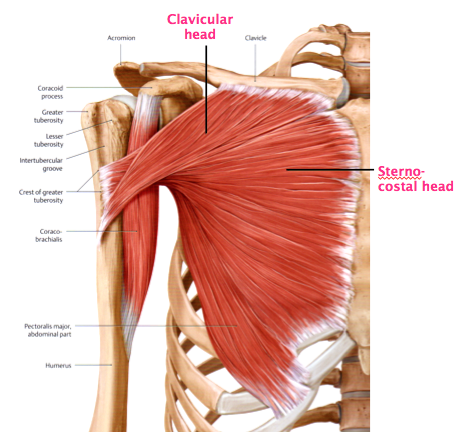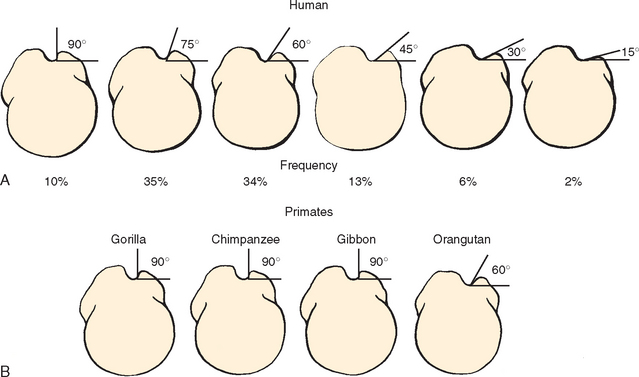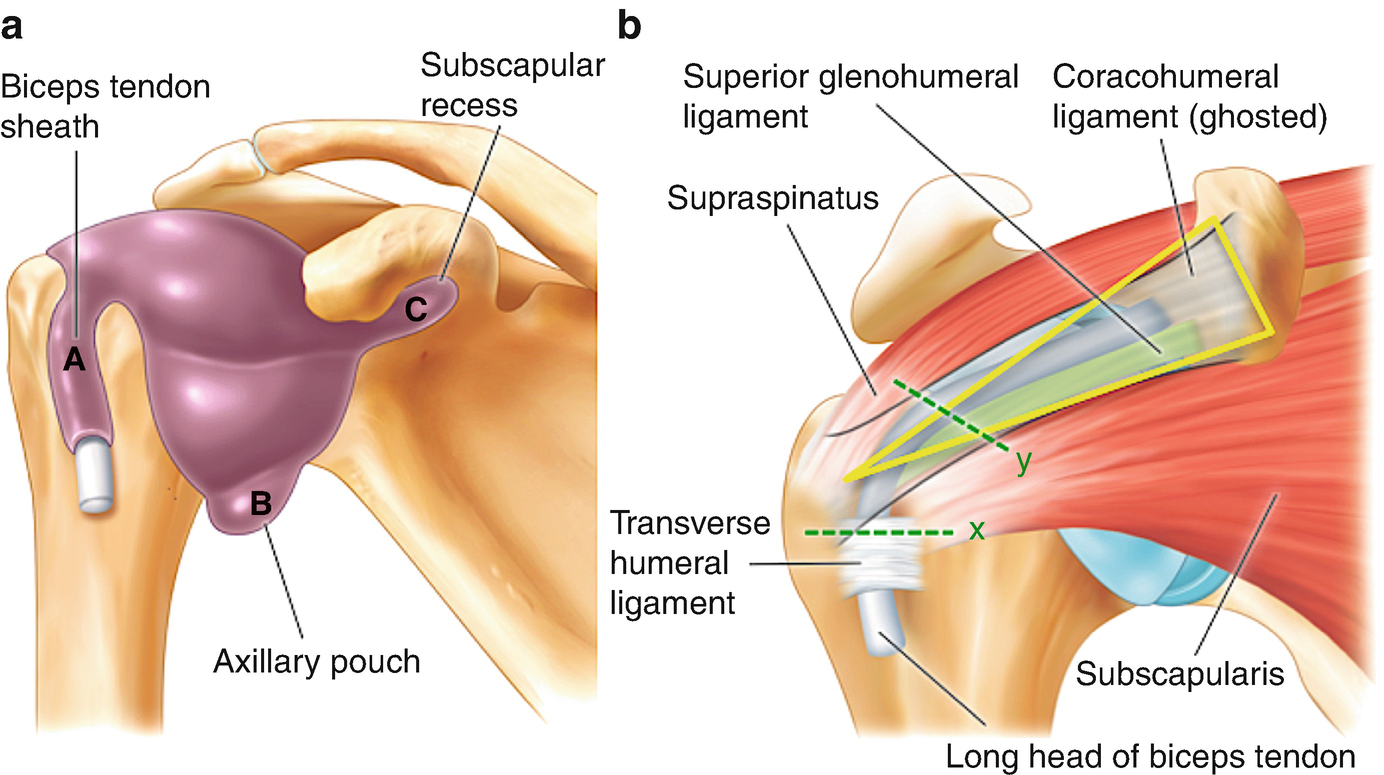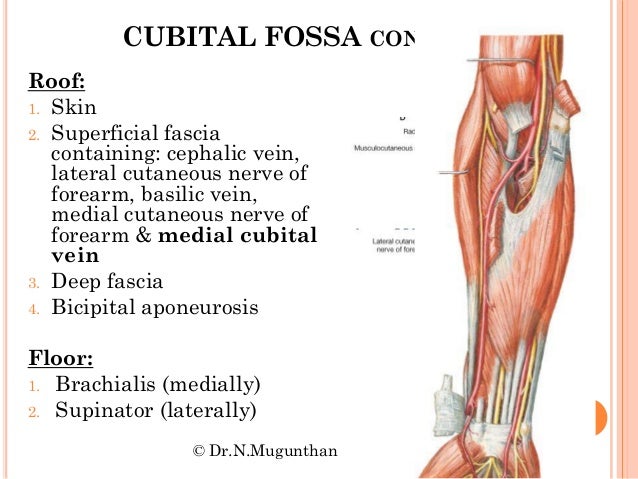Bicipital Groove Roof

The bicipital groove is an anatomic landmark that sits between the greater and lesser tuberosities and its osseous and soft tissue components contribute to the inherent stability of the lhbt.
Bicipital groove roof. Zone 1 was consistently marked by synovium that circumferentially enveloped the lhbt a deep osseous groove and a thick fibrous roof consisting of fibers from the subscapularis tendon fig. Roof proximal to the transverse ligament forming a sling around the biceps tendon at the level of the proximal bicipital groove while forming the distal end or the apex of the ri 37. The roof of the ulnar tunnel is formed by osborne ligament. Bicipital root and proximal tendon disorders are an important symptom generator in the shoulder.
The accuracy of the diagnosis of many shoulder disorders visually without. Pressure against the fibrous roof of the supratubercular ridge of meyer by the tendon results in inflammatory changes in the substance of the bicipital tendon. Bicipital tunnel demonstrated 3 distinct anatomic and his tologic zones table i. And wear of the tendon in the bicipital groove.
It encloses the tendon of the long head of biceps brachii and its sheath in the bicipital groove forming a tunnel thus preventing it from subluxing out of the groove during shoulder movement. The groove is bordered on three sides by bone the bicipital ridge with a roof covered by the transverse humeral ligament. It also transmits a branch of the anterior humeral. Figure 6 11 an acute tear of the long head of the biceps tendon produces a characteristic lump in the arm.
Thus the ri con tains parts of the chl posterior roof and lateral wall together with fig. From the lateral border of the humerus it then pierces the intermuscular membrane to enter the anterior compartment between the brachialis and brachioradialis. When movement occurs in the process of abduction or adduction of the upper extremity the tendon undergoes a gliding movement within the bicipital groove. The transverse humeral ligament also know as the brodie ligament is a small broad ligament that extends between the lesser and greater tubercles of the humerus superior to the epiphyseal line.
The depth width and medial wall angle have been studied in relation to overall bicipital groove stability with significant. In zone 2 67 of specimens demonstrated the presence of synovium. The bicipital groove of the proximal humerus is formed by the medial and lateral tuberosities and serves to retain the long biceps tendon in its proper place as the arm moves. 2 anatomical section through the rotator interval showing.
The bicipital groove intertubercular groove sulcus intertubercularis is a deep groove on the humerus that separates the greater tubercle from the lesser tubercle the bicipital groove lodges the long tendon of the biceps brachii between the tendon of the pectoralis major on the lateral lip and the tendon of the teres major on the medial lip.
